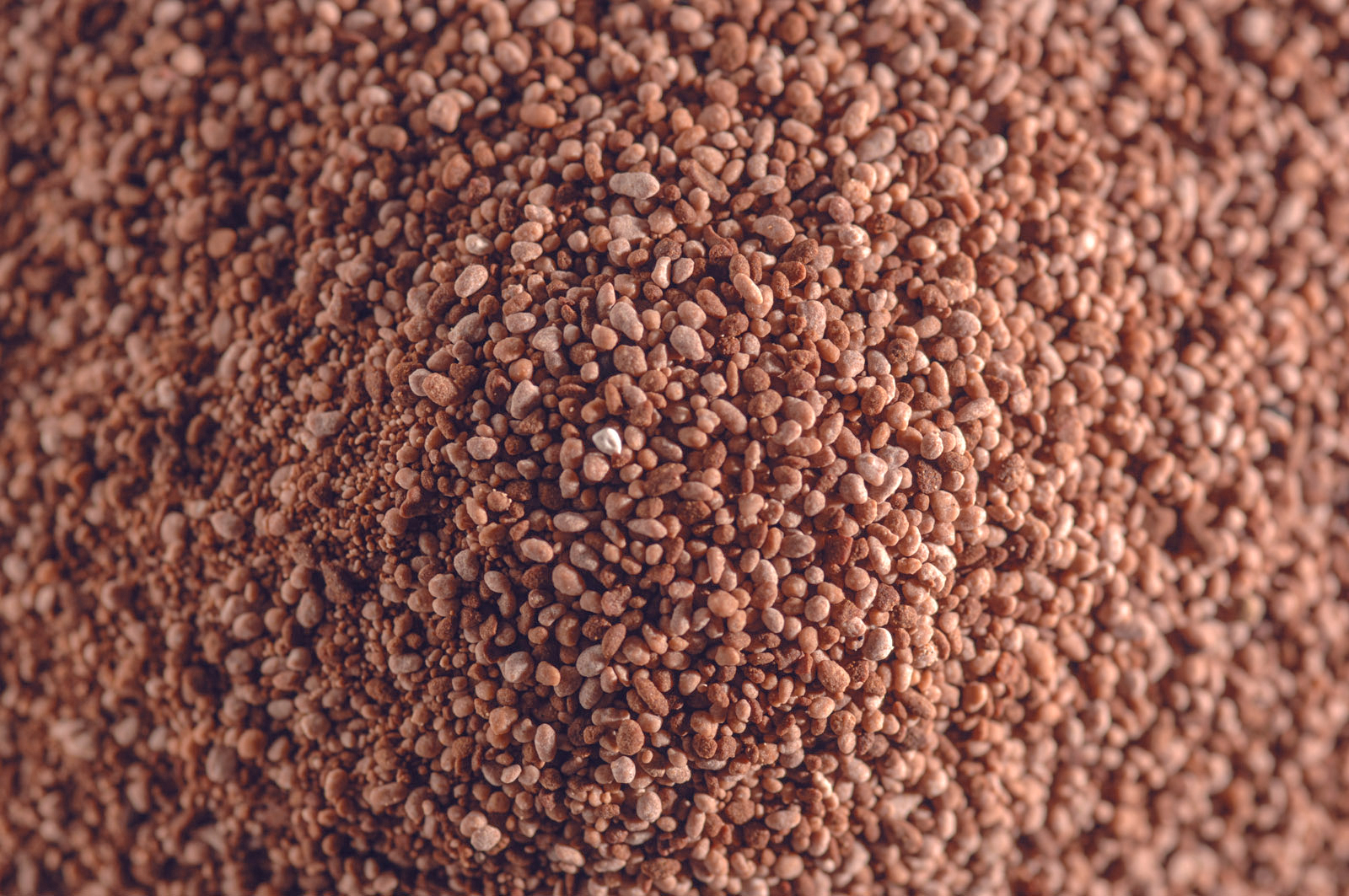Reasons for Agglomeration Processes
Targeted agglomeration is intended to improve material properties, either for properties in an end product or to simplify or enable downstream processes as an upstream process step. Here are some examples:
- Improving the handling of powders
- Increasing the flowability of materials
- Changing the solubility
- Facilitation of dosing
- Increasing the stability of intermediate and end products
- Adjustment of the particle size to improve the behavior in a subsequent shaping process (e.g. tableting or extrusion)
- Agglomerates can also have specifications that qualify them as end products or intermediate products
Mechanical Agglomeration
In mechanical agglomeration, raw materials are agglomerated by pressing, rolling or stirring to produce pellets, tablets or similar - which can take place both upstream and downstream of the thermal process. Binders support agglomeration in some cases. For example, agglomerated pellets may be required as feed material for the thermal process in the rotary kiln in order to ultimately achieve the desired product properties or to minimize dust discharge and optimize the yield.
Agglomeration in Thermal Processes
Agglomeration in thermal processes, for example in rotary kilns, can also take place through sintering, even if the melting temperature is not reached during thermal treatment. Such agglomeration can be deliberately induced and be part of the process design. However, it can also occur as a side effect. The latter in particular must often be prevented by careful process control and trials during scale-up. However, if the critical melting or sintering temperatures cannot be prevented because they are necessary for the thermal treatment of the material, agglomeration must be interrupted or reduced by physically designing the process control.
Chemical Agglomeration
Although not directly relevant to processes in our thermal process engineering, chemical agglomeration, in which substances are agglomerated by chemical reaction, must also be mentioned. One possibility is the addition of catalysts or binding agents with an effect on the particle surfaces.
Agglomeration at IBU-tec
At IBU-tec, we often prepare the reactants for the thermal process mechanically, e.g. as agglomeration in Eirich intensive mixers of various sizes. We also carry out agglomeration in the thermal process itself: in rotary kilns of different designs, for example, in order to set certain particle size distributions. Another example is the achievement of defined bulk densities or tapped densities for insulating materials or cathode materials for batteries. Here, a certain amount of material per unit volume is often required, which can be achieved through appropriate particle size distributions. Material systems in which we at IBU-tec have agglomeration experience include: Silica, aluminum oxides for various applications, battery materials or building materials.
Economic Importance of Agglomeration
Agglomerates are particles of cohesive primary particles that together make up the grain sizes and their distribution throughout the bulk material. Larger agglomerates are often more stable when it comes to thermal or physical environmental influences. Agglomeration is of particular economic importance in industries that process bulk materials, such as the chemical and pharmaceutical industries, food processing and ore processing.

